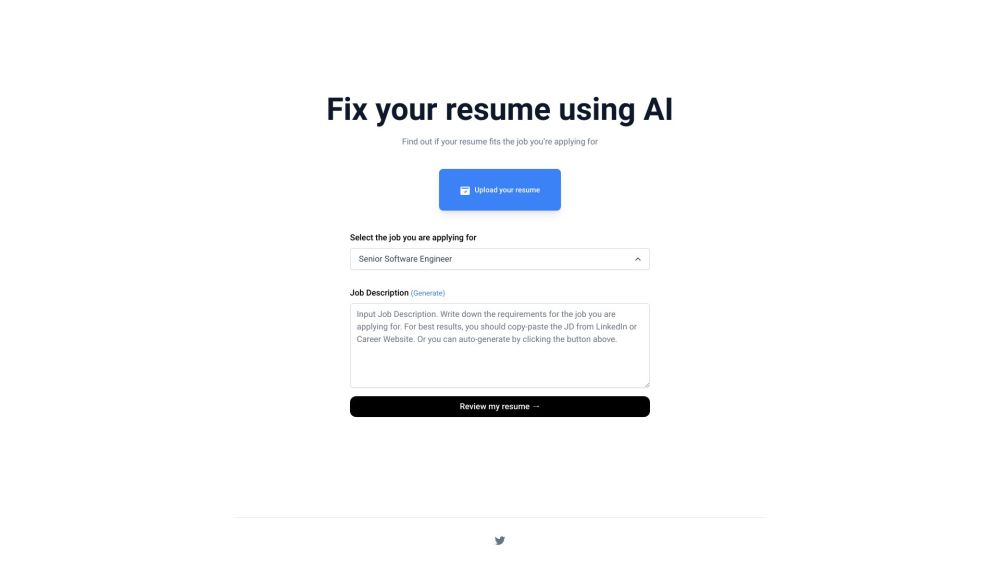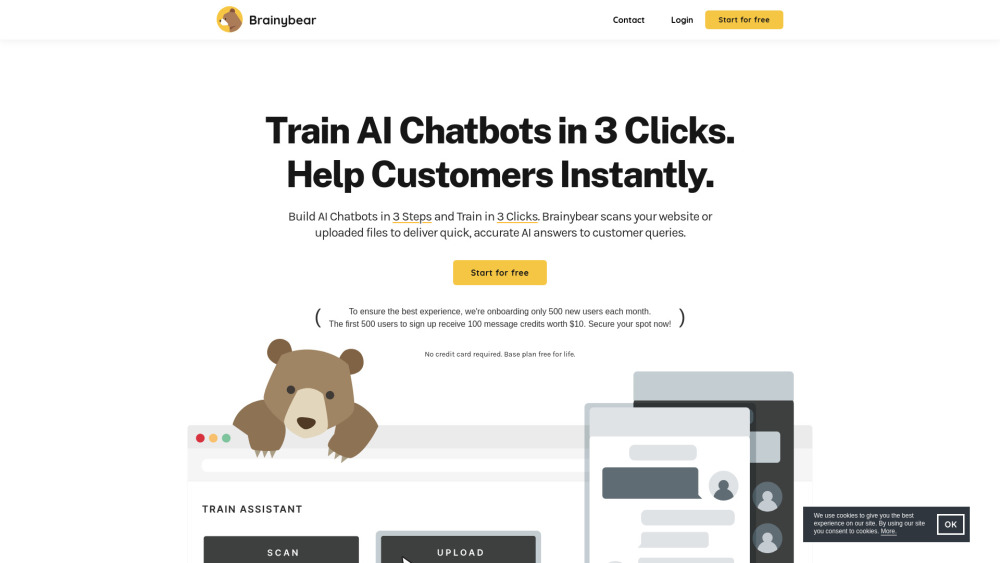Today’s large language models (LLMs) are becoming increasingly sophisticated. However, the data they rely on for generating responses often remains static, leading to information that can be outdated by weeks or even months.
This challenge has made retrieval-augmented generation (RAG) crucial for modern enterprises, enabling the generation of current, company-specific outputs. Yet, retrieval processes can struggle with accuracy, scalability, and security — especially when dealing with complex enterprise content.
To address these challenges, Pryon has introduced the Pryon Retrieval Engine, an advanced platform that securely extracts information from intricate and dispersed content, allowing organizations to maximize the potential of today’s AI tools.
“The reliability of generated content is questionable, and bias is a significant issue,” said Chris Mahl, Pryon’s president and COO. “Some models are essentially frozen in time. While you may ask an insightful question, the answer stems from outdated information, which poses a substantial problem.”
Building a Consistent Knowledge Base
Current data ingestion methods often falter with complex document-based content, making accuracy difficult to achieve at scale. Furthermore, content is frequently scattered across various systems and formats.
The Pryon Retrieval Engine overcomes these obstacles by integrating millions of enterprise data pieces into one cohesive knowledge base, referred to as a “collection.”
The system employs semantic neural networks, document analysis, and proprietary optical character recognition (OCR) to extract text from images, graphics, tables, and even handwritten notes. Additionally, video segmentation is used to identify key components, normalize content, and apply visual semantic segmentation to categorize documents.
Users can pose questions in various formats, receiving answers in mere milliseconds. Mahl describes this multi-layered information system as a “knowledge fabric,” emphasizing its complexity beyond mere retrieval.
To ensure security, Pryon incorporates access control lists (ACLs) to define user access rights. The system is also adaptable for deployment in on-premises, public, and private cloud environments, as well as in air-gapped setups.
Pre-built components enable organizations to implement production-ready generative AI applications in as little as two weeks, while a no-code interface allows real-time content updates.
The engine is API-enabled for custom deployments and integrates seamlessly with platforms such as Microsoft SharePoint, Confluence, AWS S3, Google Drive, Zendesk, ServiceNow, and Salesforce.
“All proprietary information — regardless of format, from complicated schematics to extensive reports — is securely lifted into a model, allowing users to interact conversationally and obtain accurate, attributable answers,” Mahl stated.
Applications Across Industries
One client utilized Pryon on-premises to consolidate 400,000 technical documents accessed by 5,000 users, providing accurate answers in milliseconds. In a different case, a consumer gaming technology company leveraged Pryon to assist millions of customers with complex technical inquiries on their support site. This portal allows users to ask questions using natural language and is refreshed multiple times daily.
Similarly, Pryon supported an engineering firm by providing quick access to millions of documents critical for maintaining vital systems. Insurance companies have also integrated Pryon to enhance their underwriting processes, while businesses with intricate products use the engine to empower sales teams with immediate knowledge.
“The retrieval data layer, the RAG-ready data layer, is an organization’s most crucial asset,” Mahl remarked. “Thus, having a secure, scalable infrastructure to manage this information is essential.”
Navigating Fragmented Data in Enterprises
Data is the foundation of value in organizations, yet their understanding of it is often limited. Data exists in various forms — video, lengthy texts, emails, financial documents, and even microfiche — making it challenging to pinpoint crucial information.
Companies possess vast amounts of complex, high-value data that could accelerate product development. Nevertheless, locating relevant data for specific projects can be nearly impossible. For instance, a chip engineering firm may have millions of documents spread across multiple research departments.
“It has been enlightening to work with prestigious firms and realize how fragmented their information is,” said Mahl. “Generative AI is now on the scene, but it faces considerable challenges due to the data fragmentation within organizations.”
Mahl emphasized the importance of security, acknowledging the excitement surrounding generative AI while cautioning about profound privacy and data security concerns. With generative AI projected to generate up to $4.4 trillion in global economic benefits annually, organizations remain wary of exposing proprietary data to public LLMs and the cloud.
“I continuously emphasize security, security, security,” Mahl stressed. “This level of security control is one of our guiding principles.”
Elevating Question Understanding in AI
To provide accurate answers, AI must first grasp the question's nuances. Pryon’s systems are designed to understand the intricacies of inquiries, considering everything from headers to design layout.
The engine employs query expansions, out-of-domain detection, and query embedding to interpret natural language queries, utilizing three proprietary models to identify and rank relevant content.
Mahl noted that individuals ask about the same topic in various ways. For example, “how much higher is revenue this year than last year?” compared to “what was the revenue last year?”
“Once you have organized intelligence, preparing to respond accurately to a question asked in multiple ways becomes vital,” Mahl explained. This process involves examining the underlying question, assessing content, and generating a diverse set of potential inquiries.
Ensuring Accurate Attribution of AI Responses
Attribution is critical for preventing models from “hallucinating,” or providing incorrect information.
“While many of us use ChatGPT and other models, it can be unclear where the answers originate,” Mahl acknowledged.
Pryon clarifies this by ensuring that all generated answers stem from reliable, canonical sources of information. This enables users to ask multi-part questions, with responses drawn from various sources, all clearly referenced.
“Pryon’s platform is designed to empower CIOs, CTOs, and technicians, giving them control over their unstructured and semi-structured information to optimize performance,” Mahl concluded.




